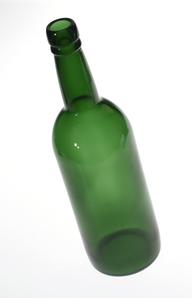Two small eye-beads, Egyptian, c 100-300 AD.
Two small Egyptian eye-beads, c. 100-300 AD. Egyptian glass is amongst the finest of the ancient world. Glass was a highly favoured luxury material but was only produced in small quantities until about 400 BC. Glass then became popular among the rich in Ptolemaic and Roman Egypt.
- Object Number:
- 1968-9 Pt1
- type:
- beads






